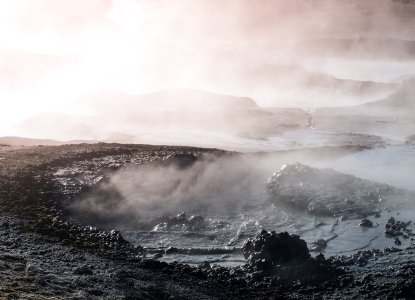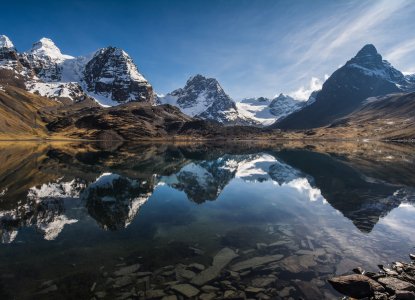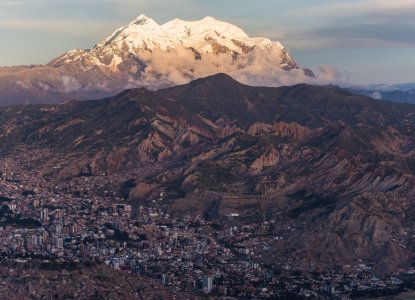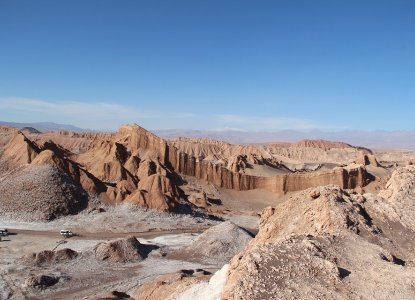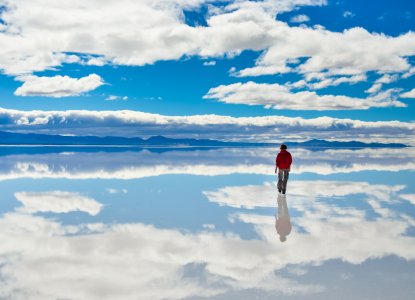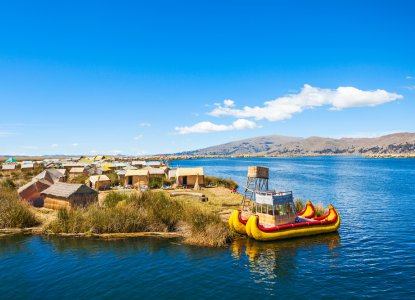Things to do in the Bolivian Altiplano – All You Need to Know
Touted as one of the most unforgettable road trip adventure in all of Latin America, the La Paz to San Pedro de Atacama route crosses what is inarguably one of the most stunning plateaus on the planet. The Bolivian Altiplano is an ethereal world of colours and contours, of dramatic scenery and rugge
Read More


